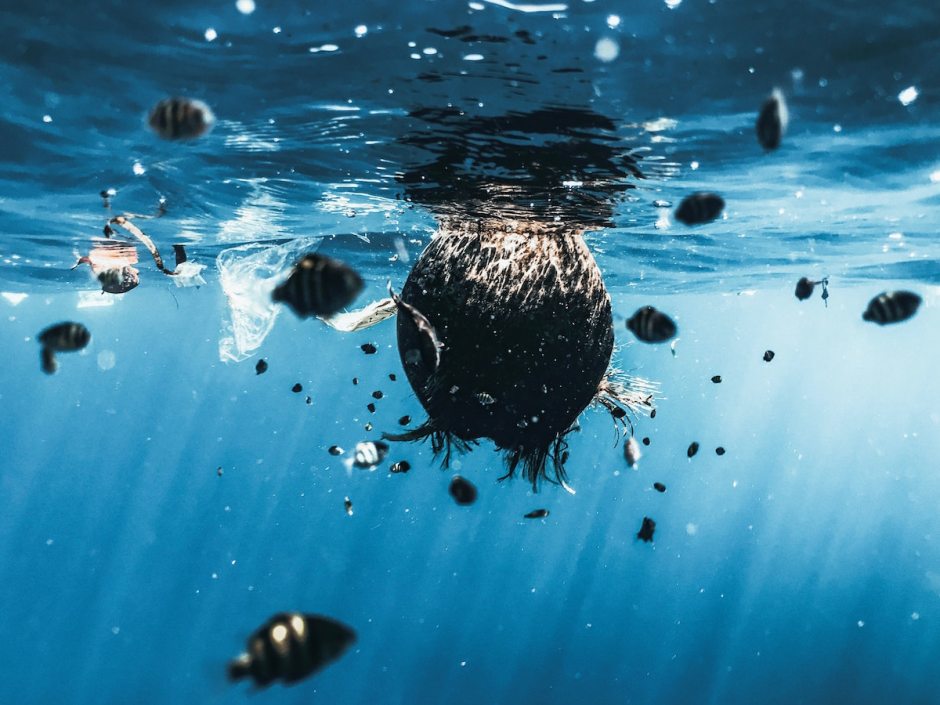Innovations in Clean Water Technology
We failed to take care of the environment and are paying dire consequences. Around one in three people worldwide, or 2.2 billion, lack access to safe drinking water near their home. By 2025, half of the world’s population will be living in water-stressed areas, when resources in a region or country are insufficient for its needs.1 Fortunately, innovative youth are coming up with ways to de-contaminate water sources.
At only 14 years old, Deepika Kurup noticed children in India using plastic bottles to collect water so dirty that she wouldn’t go near it. Coming from the United States, it was not something she was used to seeing. She understood that the dirty water was the only water they had to drink, and it was also used for washing clothes and bathing. She learned that lack of access to clean water restricted the girls’ opportunity for an education, since they could not attend school during their period.
Deepika Kurup proceeded to create an affordable and effective water purification system composed of a cement-like composite material that is activated by sunlight to reduce the amount of bacteria in water. The material can be molded into different shapes: a rod in a bottle, a disc or pot for a water tank—molds that can be scaled up or down. Kurup says, “This solution alone isn’t going to be what solves the water crisis, but it will be more effective in sunny parts of the world.”2 Kurup has patented her technology and will be working to implement it.
Around the world, many of the 783 million people who don’t have clean drinking water also don’t have access to electricity. In 2014, 17-year-old Cynthia Sin Nga Lam created her prototype – the H2Pro – a portable device powered only by sunlight. Dirty water goes in one end, and a titanium mesh, activated by the sun, sterilizes the water and sends it through an extra filter. The photocatalytic reaction also splits the water into hydrogen and oxygen—so someone can flip a switch and start feeding a hydrogen fuel cell to produce clean power. Detergent, soap, and other pollutants in the water help make more hydrogen. There are similar water purification technologies but her invention did not require an extra source of electricity; only sunlight and titania was required. Besides being low-cost and easy to maintain, the H2Pro also generated a very efficient source of clean energy.3
Lam is now working as a contract consultant at the World Health Organization and hasn’t continued working with the H2Pro project. However, the idea of her two-in-one machine lives on with the development of scientists.4
Gitanjali Rao, from Colorado, was just 12 when she was awarded the title of “America’s top young scientist” for designing a compact device to detect toxic lead in drinking water, which she believes can be faster and cheaper than other current methods. At 15 years old, Rao was selected from a field of more than 5,000 nominees to be TIME magazine’s first ever 2020 Kid of the Year.
“I was like 10 when I told my parents that I wanted to research carbon nanotube sensor technology at the Denver Water quality research lab.
(they are cylindrical molecules made of carbon atoms that are very sensitive to chemical changes, and thus are good for detecting chemicals in water, among other uses.] It was just that changing factor of, you know this work is going to be in our generation’s hands pretty soon. So if no one else is gonna do it, I’m gonna do it.
“Observe, brainstorm, research, build and communicate. I’m currently working on an easy way to help detect bio-contaminants in water—things like parasites. I’m hoping for this to be something that’s inexpensive and accurate so that people in third-world countries can identify what’s in their water.”5
As a new generation of innovators makes headway in cleaning up water systems that previous generations have contaminated, the Global Wellness Community will continue spreading the word about conservation, respecting nature and new ways to access clean water. As Rao says, “I recently hit my goal of 30,000 students who I have mentored, which is super exciting. It’s like creating a community of innovators. I really hope the work that all of these kids are doing identifies innovation as a necessity and not something that’s a choice anymore.”6
Water is Life and Nikken is doing its part to help people access clean water for Active Wellness—not only for drinking, but also for bathing. For the entire month of March, we are offering four Water Packs. Each pack has two state-of-the-art PiMag® products. You get one at the regular price and the second at 50% off! You have your choice of two PiMag MicroJet® Wall Mount Shower Systems, two PiMag MicroJet® Handheld Shower Systems, two PiMag® Sport Bottles, or two PiMag® Waterfalls.
For more information go to www.nikken.com/na/jsj or call John St. John at 281-980-1070.

No comments:
Post a Comment